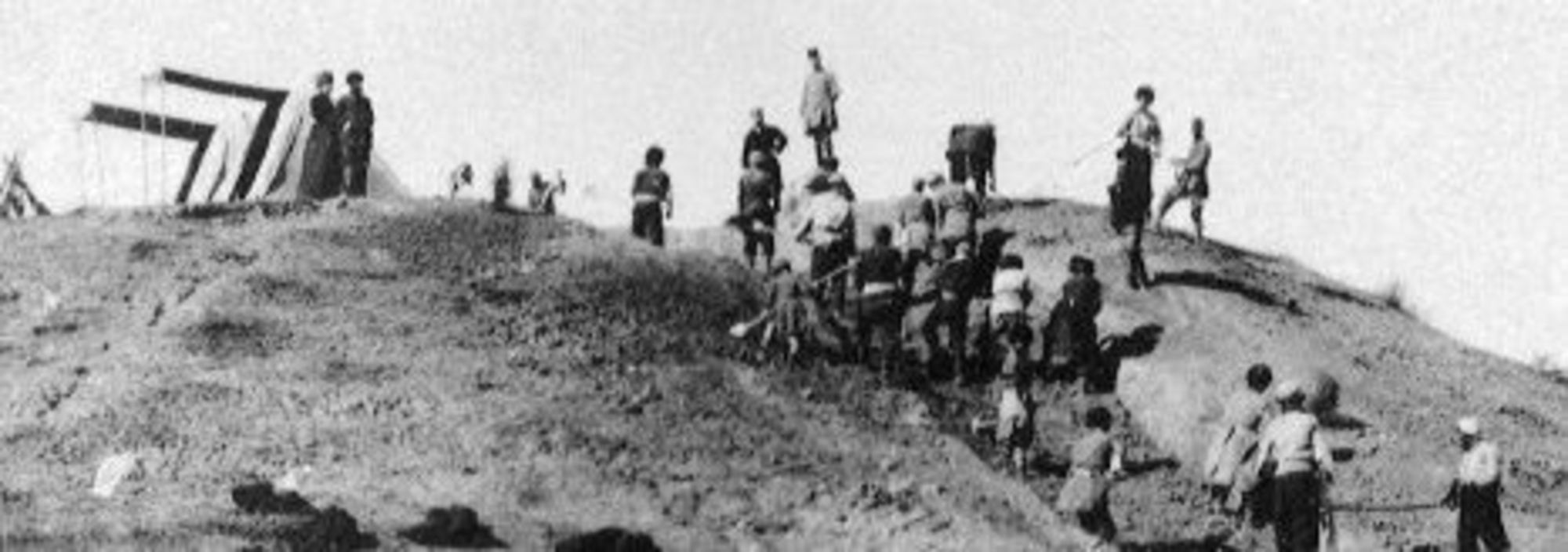
- Home
- Caucasus
- Fieldwork
- Excavating for knowledge
A working record
Morgan’s work reveals his desire to add to the stock of knowledge on Caucasian history. He broadened his education by reading the work of his colleagues, notably Ernest Chantre, who had published his Recherches anthropologiques dans le Caucase some years before. Another pioneer of research on the region was Frédéric Bayern, author of Contribution à l’archéologie du Caucase, which Morgan used as a basis for his own studies.
A scientific approach
Based on these studies, Morgan developed his central animating idea - "the interesting question of the origins of metals in the Caucasus” - and hoped his excavations would "throw new light on prehistoric studies". He also put forward hypotheses and searched the ground for evidence to confirm or disprove his ideas. This reflects a scientific approach to archaeological excavation. Morgan was far removed from the treasure-hunting archaeologists, then still commonplace, who excavated sites for the sole purpose of finding artefacts.
Cross-referencing with other sources
In his conclusion to Mission scientifique au Caucase, Morgan asserts that, "the early days of metal production are shrouded in the darkness of fable." He suggests that archaeological excavations bring us closer to reality, but that “fables” can also be a valuable source of knowledge. For him, these "precious documents" drew on folk memories which necessarily contained an element of truth. By cross-referencing mythological, historical and archaeological sources, Morgan aimed to gather together every possible element likely to shed light on a particular subject.

